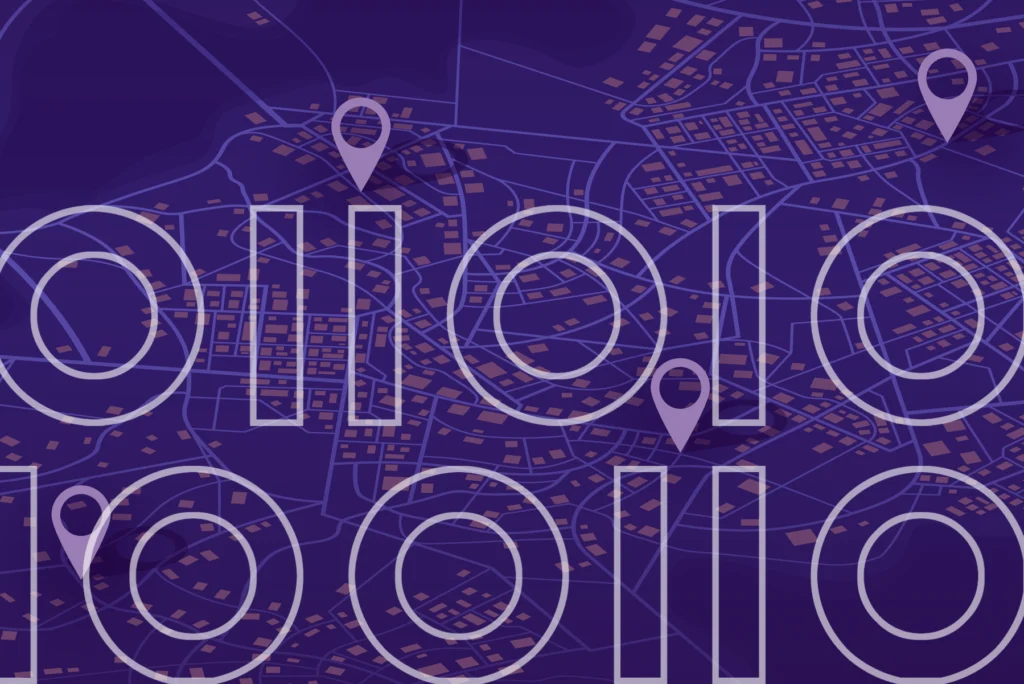In business, insights derived from location intelligence are essential to risk management, regulatory compliance, pricing, and strategic planning. In today’s data hungry, hyper-competitive world, organizations looking for an edge are evaluating the foundation of their location intelligence strategy – geocoding.
It’s tempting to think of geocoding as a simple conversion process – input a street address or location name, output geographical coordinates. If that’s all there was to it, buyers would justifiably look for the least expensive geocoder that delivers reasonably accurate results. However, there are many potential pitfalls in the geocoding process, particularly for multinational organizations. If you are unaware of these, not only might you obtain inaccurate geocodes, but you also might not realize they are wrong. This could have a major impact on your business outcomes.
Postal addresses around the world are inconsistent and complex
Too frequently, addresses are viewed as a simple identifier for a building or location. The truth is, an address is a complex multi-field labeling system that frequently changes.
Multinational organizations that use address data face increased challenges because of the varied and complex addressing rules across the globe. For example, in some countries physical addresses and postal codes may not even exist, other countries don’t follow the concept of continuous house numbers. The list of addressing “exceptions” across the globe is long.
Reliable downstream analytics start with accurate geocoding
With this as a backdrop, IT departments are increasingly asked to automate business-critical processes across markets and business units – and consistent results are a must.
To achieve this, global organizations are taking a closer look at the risks associated with a poor or inconsistent approach to geocoding and the effect it has on automated business processes and downstream analytics. What they’ve found is that when their geocoding solution excels at address matching, provides better positional accuracy, and returns metadata that effectively describes geocoding results, it leads to better decisions in regard to market analysis, risk assessment, pricing, asset management, and more.
Read our eBook
Geocoding for Business
With so many factors affecting the geocoding process, rational assessment of geocoding solutions can be an overwhelming task. This eBook provides some tips on what to look for in a geocoder.
Critical factors for geocoding solutions
So, what should you consider when looking at geocoding solutions? There are many factors to consider when making this important decision. If I could only pick three, I’d focus on match rate, positional accuracy and metadata.
Match rate
Avoid disaster. How frequently does the geocoder accurately match to the reference data such as house numbers, streets, postal codes, etc? I bolded accurate in the previous sentence because a high match rate combined with high false positives can spell disaster for business decisions.
You need a geocoder that has sophisticated algorithms to effectively use input addresses – that are frequently incomplete and filled with errors – and match them to the correct addresses. This is essential if you want to embed geocoding capabilities into heavily used applications, and especially those that are business and mission critical.
Positional accuracy
Close is not good enough. You need geocoding coordinates to provide a level of accuracy most appropriate for your business case.
Demographic profiling could use geocoding coordinates that are close to the ground truth without any issues. However, if you’re underwriting a loan on a property in an area prone to natural disasters, you better be certain you have coordinates that put you as close to “on top” of that location as possible – close is not good enough.
Metadata
Just how good are my matches? How can you have confidence that your geocoder is successful with the previous two geocoding pillars? Answer: Metadata.
Geocode metadata should include information about how well the input address matched the reference data, the type of point returned, and its level of positional accuracy. Metadata is critical to a good geocoding solution. It helps you understand geocoding results and provides the confidence you need to automate decision-making and in-depth analysis.
A careful evaluation of the three critical factors described above will go a long way towards making the best decision to support your location intelligence strategy. Of course, there are other considerations. How will you deploy the solution? What volume of geocoding will you need to support? Will you need to extend or enrich your address data? And the list goes on.
Spectrum Global Geocoding from Precisely can help you organize, locate and geo-enrich address data on a global scale. To learn more read our eBook: Geocoding for Business







